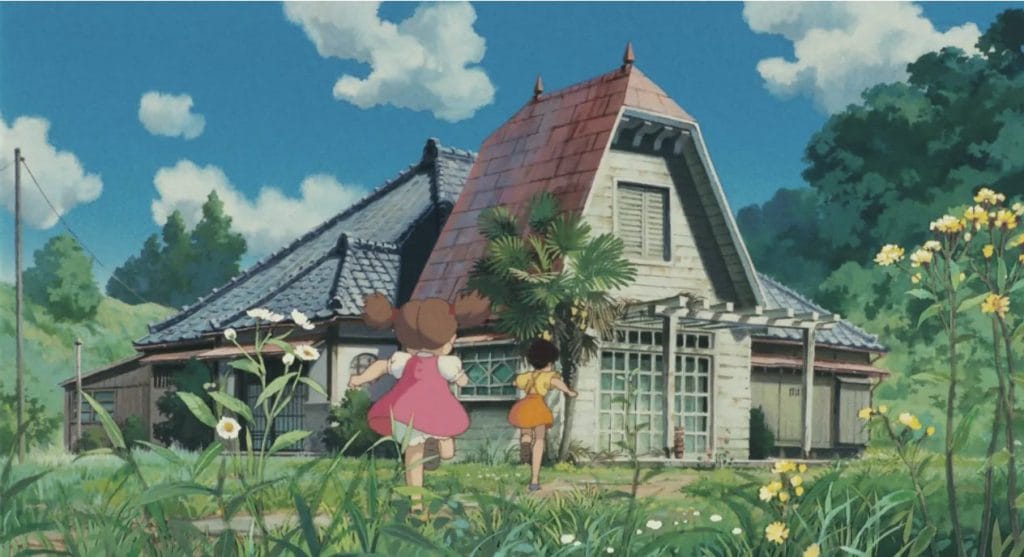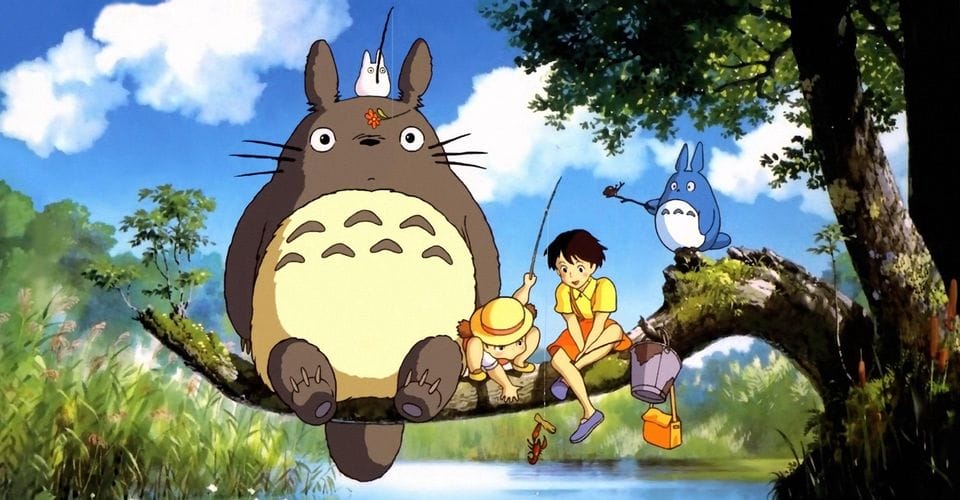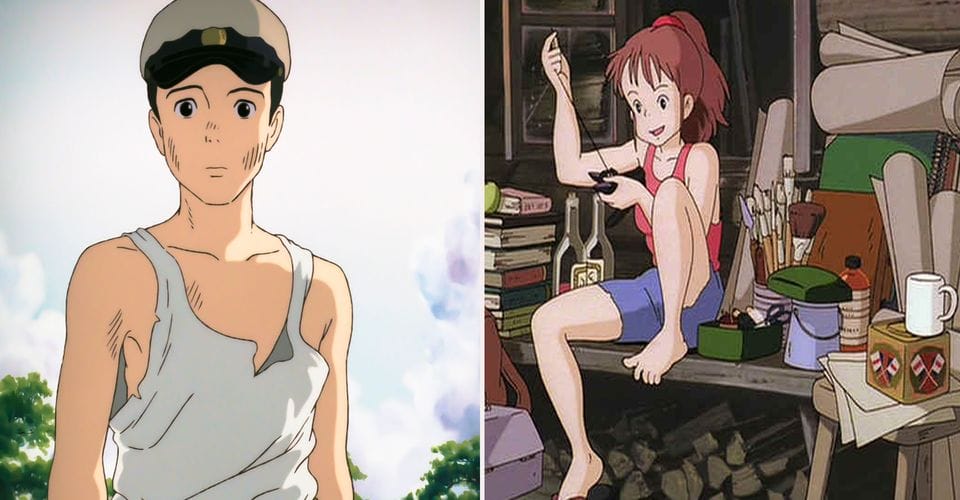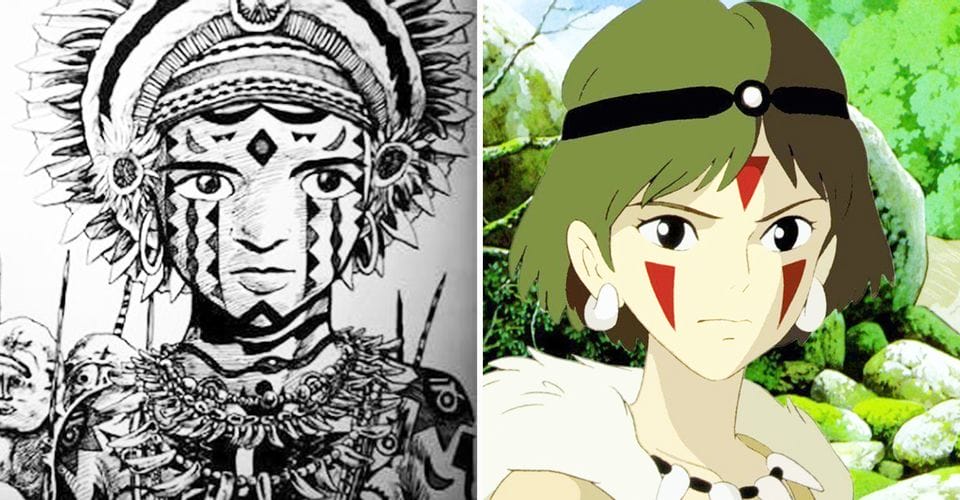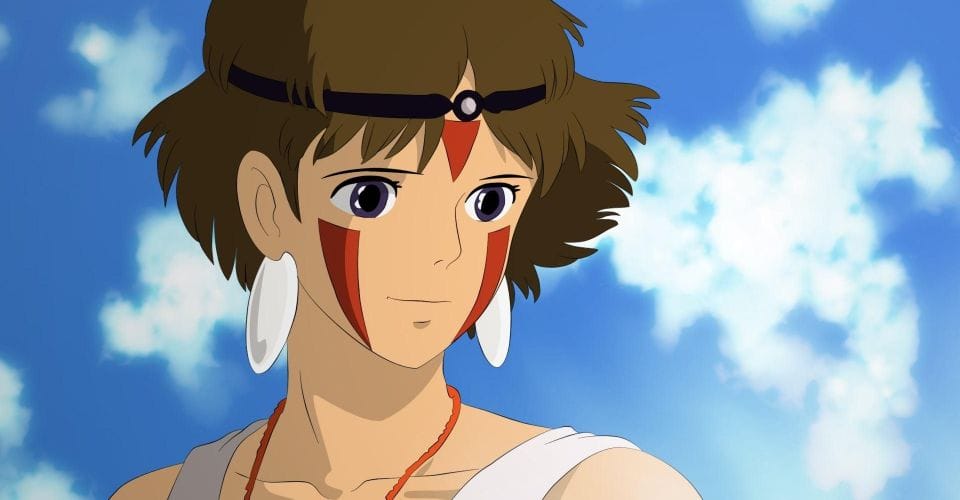Studio Ghibli: 10 Movies Based On Books & Manga

Studio Ghibli are renowned for their contributions to the art of film, but few fans know that their works aren’t always completely original.
Studio Ghibli are renowned for their innovative and whimsical movies, rendered on-screen in their distinctive animation style, but what is perhaps not so well-known about the studio is just how many of their stories are actually adaptations from books and manga.
Co-founder and visionary Hayao Miyazaki has come out of retirement in order to make what he’s said will be his final film, titled How Do You Live?, itself inspired by a 1937 novel of the same name by Yoshino Genzaburō, but this is far from the first time that works of literature have been used as the basis for the studio’s films.
10. Kiki’s Delivery Service (1989)

Adapted from the 1985 children’s fantasy novel of the same name, written by Eiko Kadono, Kiki’s Delivery Service follows one of Studio Ghibli’s most likeable characters, the young witch Kiki, as she moves away from home with her cat companion Jiji to complete her magical training. Given that her main skill is flying, she sets up a delivery service in her new town to help out the locals.
After the success of both the novel and Studio Ghibli’s movie, author Eiko Kadono has since written five more novels in the Kiki series, published between 1993 and 2009. A new English translation of the first novel was published in 2020.
9. Howl’s Moving Castle (2004)

One of Studio Ghibli’s most beloved movies, Howl’s Moving Castle was adapted from a novel with the same title published in 1986 by British author Diana Wynne Jones. It tells the story of Sophie Hatter, a young woman cursed by the Witch of The Waste who pursues the wizard Howl and his magical castle in order to find a cure.
The book is the first of three in the Howl series, followed by Castle in the Air—not to be confused with Ghibli’s own, unrelated Castle in the Sky—and House of Many Ways. Though the sequels introduce new protagonists, Howl and Sophie return, amongst other familiar characters.
8. Tales From Earthsea (2006)

Directed by Hayao Miyazaki’s son Gorō, Tales from Earthsea takes its inspiration from more than one place—first and foremost from its namesake, the Earthsea Cycle by acclaimed American author Ursula K. Le Guin, but also a one-volume manga written by Hayao Miyazaki titled The Journey of Shuna.
The adaptation diverged from Le Guin’s source material considerably and received a mixed reception both from the author herself and critics. One of its most marked differences is how much the movie focuses on war, while the novels are far more concerned with internal struggles.
7. Grave Of The Fireflies (1988)

Focused on brother and sister pair Seita and Setsuko in the aftermath of World War II, Grave of the Fireflies is based on a short story of the same name by Akiyuki Nosaka, which in turn was influenced by the author’s own experience with his family during and after the War, more particularly surrounding the bombing of Kobe.
A harrowing story, Studio Ghibli’s adaptation has been named one of the greatest and most important war movies of all time. The story was also later adapted into a live-action movie in 2005 in order to commemorate 60 years since the end of World War II.
6. The Secret World Of Arrietty (2010)

Featuring some of Studio Ghibli’s most inspiring quotes, The Secret World of Arrietty—known as Arrietty the Borrower in Japan, and simply Arrietty outside of North America—is an adaptation of 1952 novel The Borrowers by Mary Norton.
The movie follows Arrietty and her family, a group of miniature people who live within the floors and walls of houses, taking what they need from its human inhabitants whilst trying to avoid discovery. Since its theatrical release, Arrietty has been adapted into a manga series of four volumes. It also won the Japan Academy Prize for Animation of the Year in 2011.
5. Only Yesterday (1991)

Based on a manga with the same name from the 1980s by Hotaru Okamoto and Yuko Tone, Only Yesterday is one of Studio Ghibli’s less fantastical stories. Instead, it focuses on protagonist, Taeko Okajima, and recollections of her childhood as she travels home to visit family and all the memories her encounters bring to mind.
Though it was a different direction for the studio, Only Yesterday received critical acclaim for both its story and its director, Isao Takahata.
4. Whisper Of The Heart (1995)

An underrated Studio Ghibli movie deserving of more attention, Whisper of the Heart is based on a manga with the same title by Aoi Hiiragi. It follows young teenager Shizuku Tsukishima as she deals with her first crush, her love for writing and music, and attempting to balance these pursuits alongside her schoolwork.
A minor character from the film, The Baron, later became the inspiration for Ghibli’s 2002 movie The Cat Returns, which was also based on a manga by Aoi Hiiragi.
3. Porco Rosso (1992)

Porco Rosso, written and directed by Hayao Miyazaki, was based on his own watercolor manga, titled Hikōtei Jidai, which was published in 1989. The story follows retired World War I pilot Porco Rosso—real name Marco—now working as a bounty hunter who has been cursed to resemble a pig.
Similarly, Miyazaki’s own manga series was the basis for both Nausicaä of the Valley of the Wind, and The Wind Rises, the latter of which was also inspired by other works of fiction.
2. The Tale Of The Princess Kaguya (2013)

The Tale of the Princess Kaguya takes its inspiration from a far older source, a traditional Japanese tale titled The Tale of the Bamboo Cutter, thought to have been written between the late 9th and early 10th centuries. Its author remains unknown.
A very popular tale in Japan that has been adapted many times, and the story follows a princess from the moon, found as a young girl inside a bamboo shoot by a bamboo cutter, and the life she has with her adoptive family. Studio Ghibli’s adaptation received a nomination for Best Animated Feature at the Academy Awards in 2015.
1. From Up On Poppy Hill (2011)

Based on a manga of the same name written by Tetsurō Sayama and illustrated by Chizuru Takahashi, From Up on Poppy Hill centers on protagonist Umi Matsuzaki, a high-school student in 1960s Japan. Alongside schoolmate Shun, the two embark on cleaning up their school’s disused clubhouse, which is threatened with demolition.
The movie also focuses on the pair’s complicated relationship, as well as the naval forces and ships that are a crucial part of life in their port town.

